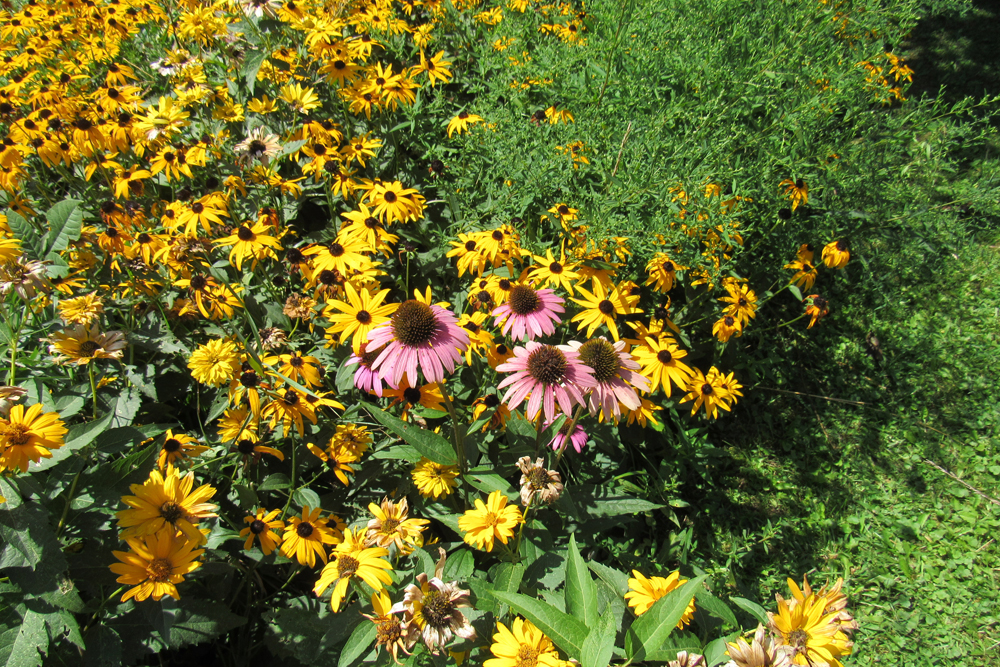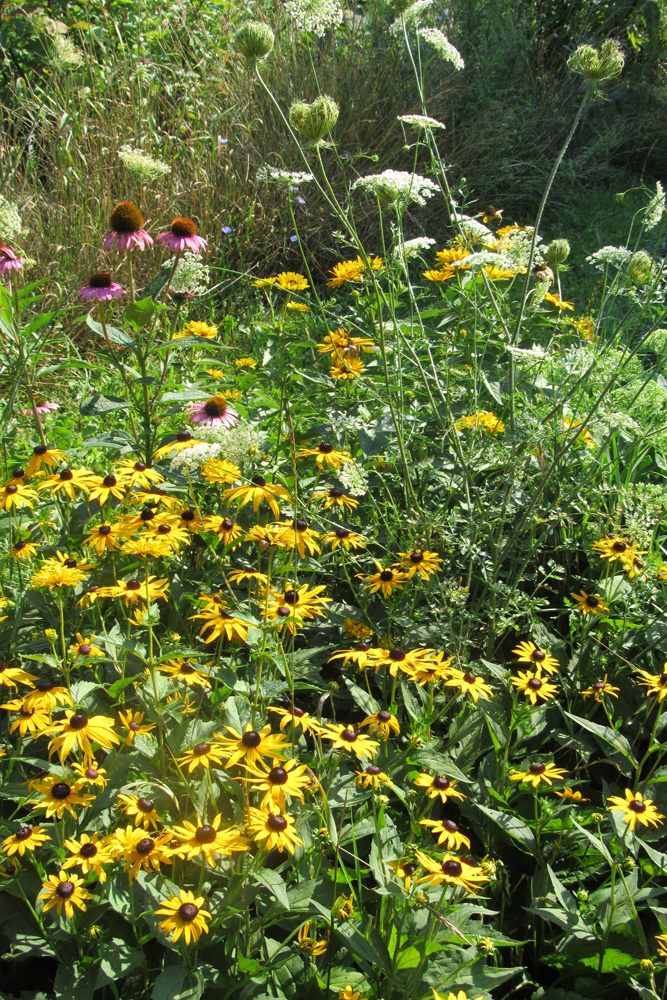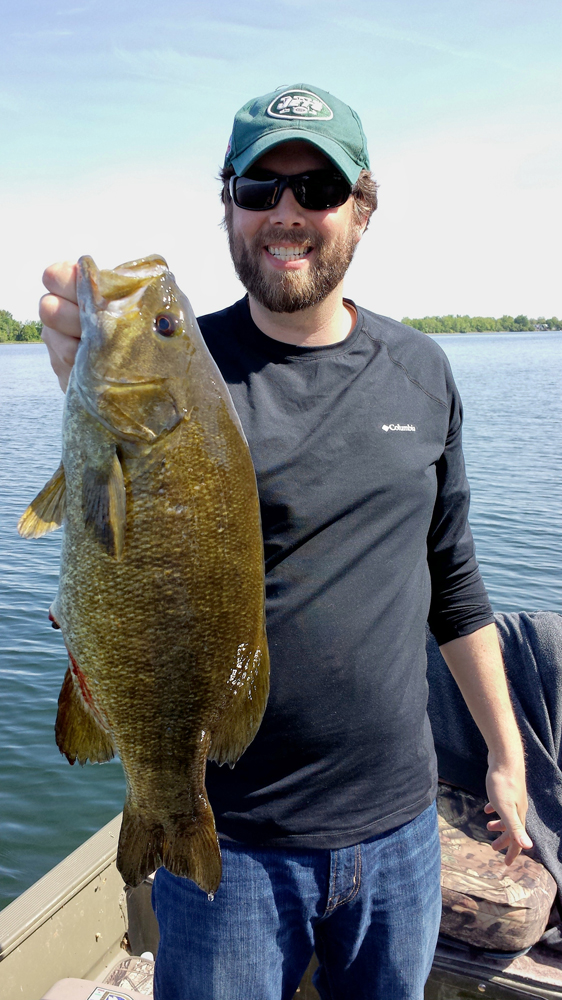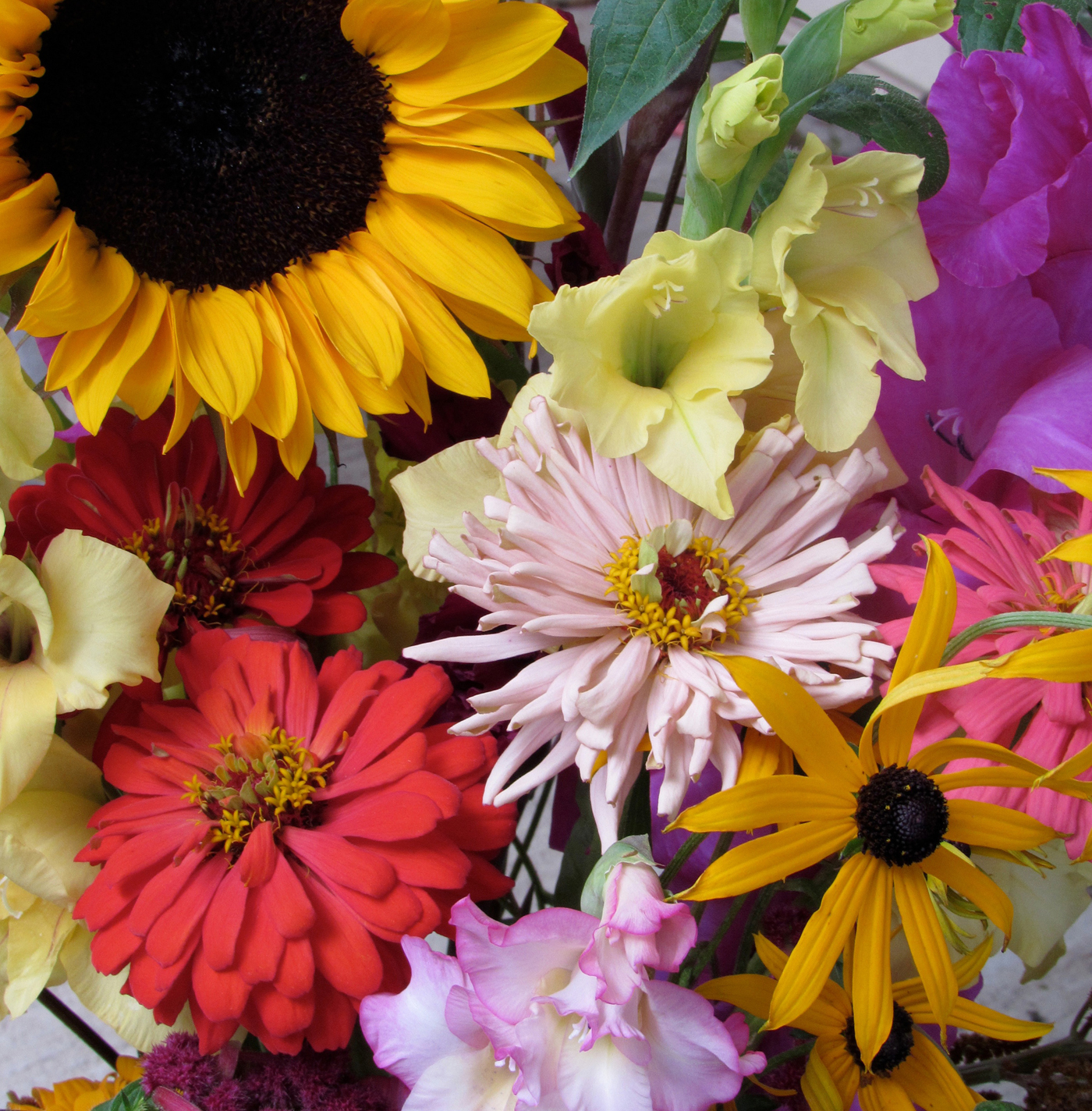Plant native perennials in fall

We have made it to September, and the next several weeks until the first hard frost are perfect for planting native perennials. Planting natives is a great way to retain local natural history and biodiversity. It also helps support native insects and the birds who need native insects to feed their young. Natives even contribute to important microorganisms living in and on the soil. By definition, natives are those plants that grew in our local area before European settlers arrived. They have many advantages, according to Penn State Extension, including being well-adapted to our climate and easy care once they are established. Additionally, natives typically require little or no fertilizer as they tend to like less fertile soil.
Austin Little at Illinois Extension notes that planting in the fall has more benefits than planting in the spring. The interesting list of perks includes improved establishment, flowering the following spring, better vigor, and better weed suppression.
In autumn, air temperatures begin to drop, but the soil continues to hold on to summer warmth. This creates ideal conditions for new root structures to grow. Root systems need time to establish new micro or feeder roots, Little explains, and this helps the transplant to acclimate. The plant can then gradually go dormant when winter temperatures arrive.
Plan to get your transplanting done a few weeks before killing frosts set in. That makes early to mid-September a great time to plant. Watering is an important part of establishing your fall-planted native perennials. Encourage deep root growth by watering less often, but more deeply. Water well once or twice a week, depending on rain or temperatures. Back off on watering as it gets closer to the first hard frost to allow the plant to begin the hardening-off process. Autumn tends to be cooler with more consistent precipitation than during the summer months, both of which help plants take hold with less effort on the part of the gardener.
Native plants also typically do not need to be fertilized, and that is especially true when planting in the fall. Little says that if you add nitrogen and other nutrients in the fall, the plant may begin to put out new vegetative growth, which will be damaged by freezing conditions and also interfere with good root development.
Once nighttime temperatures stay around freezing, you can mulch your transplants with straw, shredded leaves, or shredded bark. Leave open space around the stem to keep unwanted pests from setting up housekeeping as well as to keep moisture from building up. Mulch or compost should be added in a two- to three-inch layer. A bit of extra work during early autumn can mean a beautiful jumpstart to your landscape next spring.
The New York State Department of Environmental Conservation’s website has lists of native plants to help guide you in your plant choices: https://www.dec.ny.gov/docs/lands_forests_pdf/factnatives.pdf.





